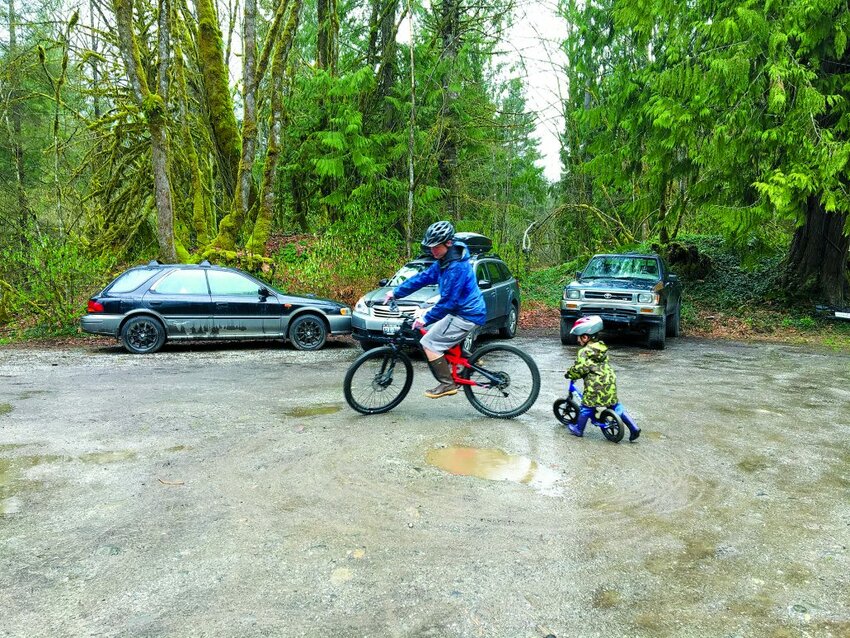
By Luca Williams
When my second son was born, we immediately noticed that his back and head were turned slightly left. As he grew, his left leg was obviously stronger. Moms tend to think their kids are perfect so I didn’t want to see these “imperfections,” but they were obvious to my husband and I. So we developed a plan to help him untwist from the womb.
Our plan included Rolfing, deep tissue manipulation that unwinds the connective tissue, muscles and nerves. The bodywork engaged his brain by stimulating his ears, eyes and sense of touch on the right side of his body. Every day I worked on his left side back muscles and spine, his left leg and his head, gently unwinding the twist.
We spoke into his right ear to help him orient to the right side of his body. When we carried him in a backpack, whoever walked with us walked on his right side so he would look right. We also brushed and kissed the right side of his face. As he began to turn over, we encouraged turning to both sides to help him strengthen the right side of his body and stretch the left side of his spine. I also gently pushed against his right foot to get him activating the right leg a little more. My goal wasn’t to make him symmetrical but to help him become more balanced.
None of us are born perfectly symmetrical, but as we age and fall into our habits we start engraining asymmetrical patterns that may become painful. Mountain biking could be considered a very symmetrical sport, but if we start using our strength asymmetrically we can drive and exaggerate a twisted pattern into our bodies. Becoming fully aware of our habits can give us clues about which leg is stronger, which way we lean to easier and which way we like to twist.
For instance, when pedaling uphill, identify if you push with one leg more than the other. Try to use both legs equally. When you are heading downhill, which foot is on the back pedal? Can you switch that up? And how about cornering? When you are riding uphill on steep switchbacks, which way do you turn easier? Which side do you lose your balance on easier? Try this simple exercise to learn more about your turning ability.
Jump on your bike and ride in tiny circles. Which way is easier? If it isn’t immediately obvious, draw a circle with chalk about 10-12 feet in diameter (smaller or larger depending on your bike and your ability) on the pavement. Now try to go around that circle equally without using your brakes.
I know from snowboarding that I turn to the right easier. As I turned left my diameter was larger and I had to ride slower. What completely surprised me was that as I circled left over and over again my middle and upper rib cage on my right side began to ache as it stretched with the effort of leaning left. This gave me valuable information about how I needed to twist and side bend more to the left to become more balanced.
To improve your turning radius, try the exercise above for a few minutes then sit down for five minutes while you think about something else before trying it again. Notice how much you improve by getting a rest. Resting in between is just as important as doing the movement. When I worked on our newborn son, I never pushed him or forced him to turn to the other side. I offered him alternatives to what came easy to him. I think the most valuable bodywork is never pushy, but it gets all the senses involved so the brain and nervous system get excited and curious. By building our awareness and being playful, we can mountain bike easier, move easier and have less pain so we can wake up and do it all over again.
 Luca Williams is a Certified Rolfer in Glacier. She helps snowboarders, skiers, and other outdoor enthusiasts to get aligned and out of pain. Website: lucasrolfing.com blog: movingwithgravity.wordpress.com
Luca Williams is a Certified Rolfer in Glacier. She helps snowboarders, skiers, and other outdoor enthusiasts to get aligned and out of pain. Website: lucasrolfing.com blog: movingwithgravity.wordpress.com